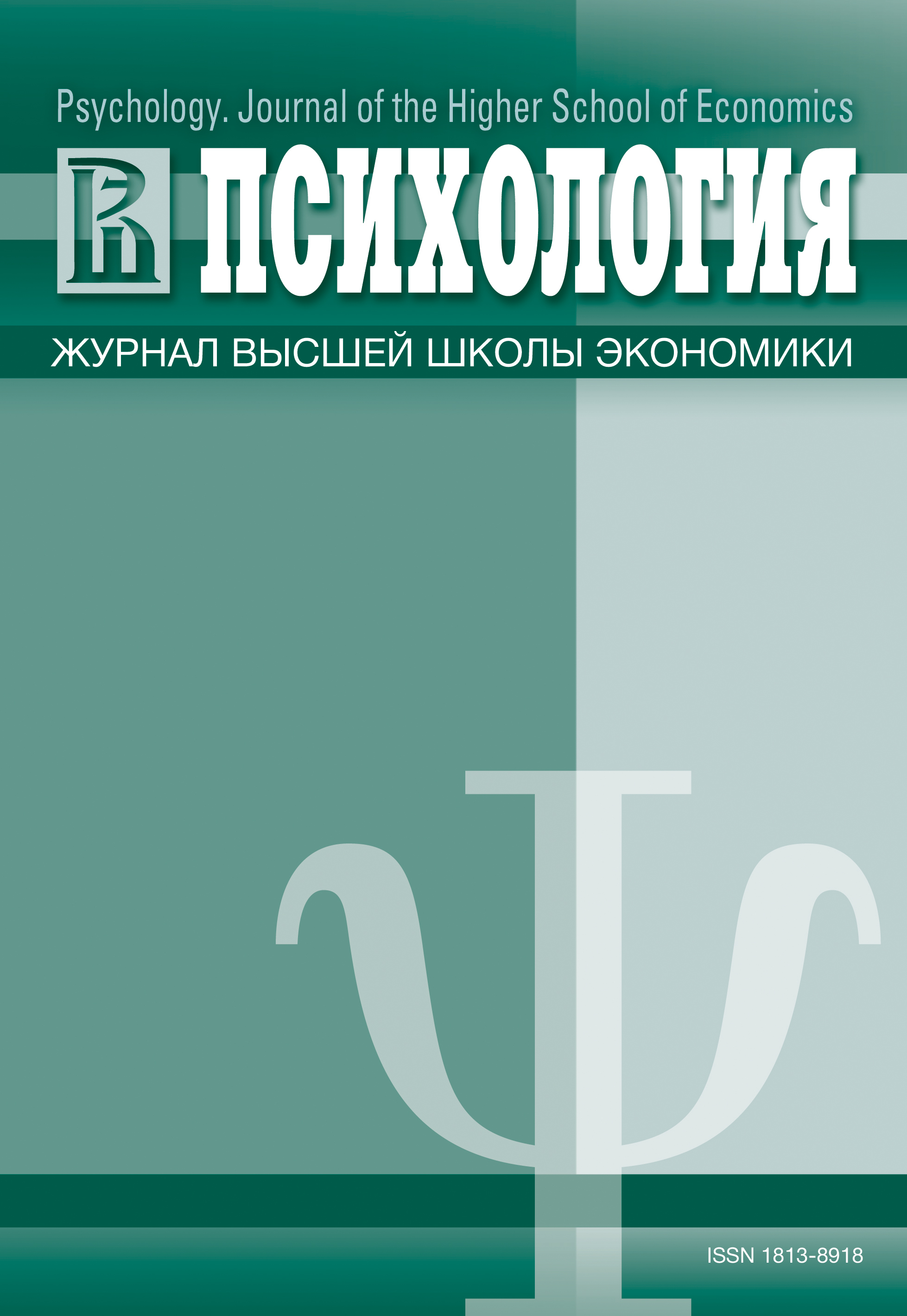Креативность в классическом и компьютерно-опосредованном мозговом штурме
Ключевые слова:
креативность, мозговой штурм, электронный мозговой штурм, когнитивная стимуляция
Аннотация
В статье анализируются преимущества и недостатки одной из наиболее популярных форм групповой творческой деятельности – мозгового штурма. Его эффективность детерминируется целым рядом факторов, наиболее важными из которых являются размер группы, а также оригинальность и вариабельность идей, которыми обмениваются её участники. Анализ научной литературы свидетельствует о том, что негативные факторы, снижающие эффективность мозгового штурма, практически не проявляются в диадах, но их влияние заметно усиливается по мере увеличения размера группы. «Живое» взаимодействие между участниками мозгового штурма также играет важную роль в его успешности. Но эта роль во многом противоречива: в одних случаях такое взаимодействие стимулирует, а в других – угнетает креативность отдельных членов группы. Существует целый ряд модификаций классического мозгового штурма, основанных на опосредованном взаимодействиями между его участниками. Наиболее популярными среди них являются «письменный мозговой штурм » (brainwriting) и «электронный мозговой штурм» (EBS- electronic brainstorming). Эти методы обладают рядом преимуществ по сравнению с классическим мозговым штурмом, среди которых более высокий уровень анонимности; возможность записать возникшие идеи без задержки сразу после их появления без необходимости ждать момента, когда закончит озвучивать свои идеи другой участник группы; низкий риск доминирования одного или нескольких участников группы. В самом ближайшем будущем могут появиться новые формы мозгового штурма, объединяющие преимущества его проанализированных выше модификаций.Скачивания
Данные скачивания пока не доступны.
Опубликован
2015-12-03
Как цитировать
ЯголковскийС. Р. (2015). Креативность в классическом и компьютерно-опосредованном мозговом штурме. Психология. Журнал Высшей школы экономики, 12(4), 184-191. https://doi.org/10.17323/1813-8918-2015-4-184-191
Выпуск
Раздел
Обзоры и рецензии





